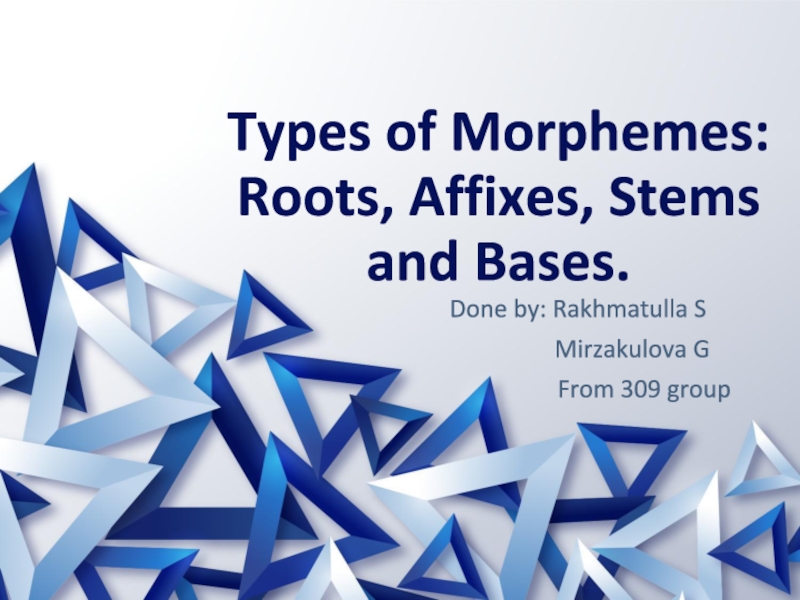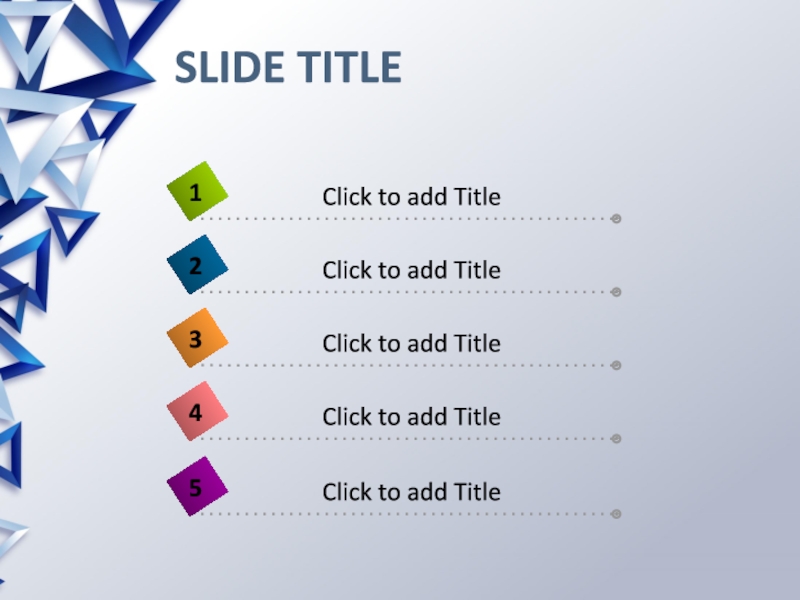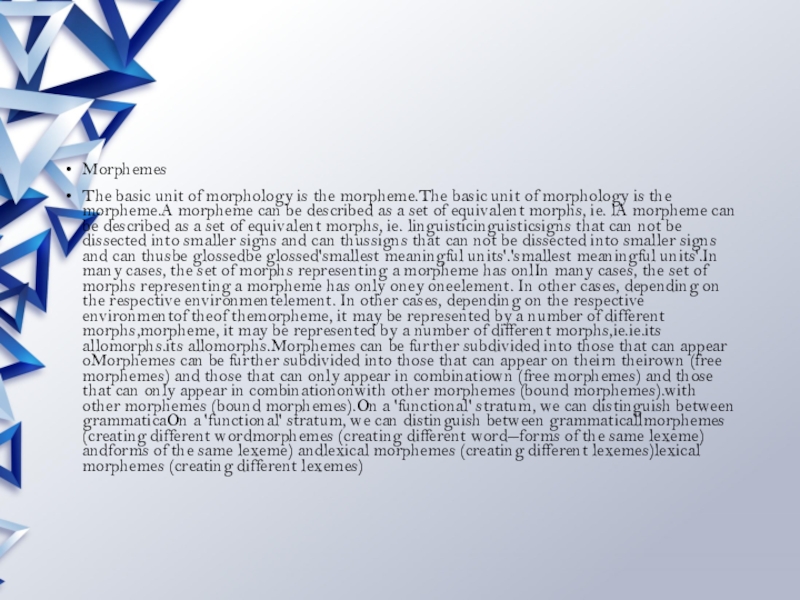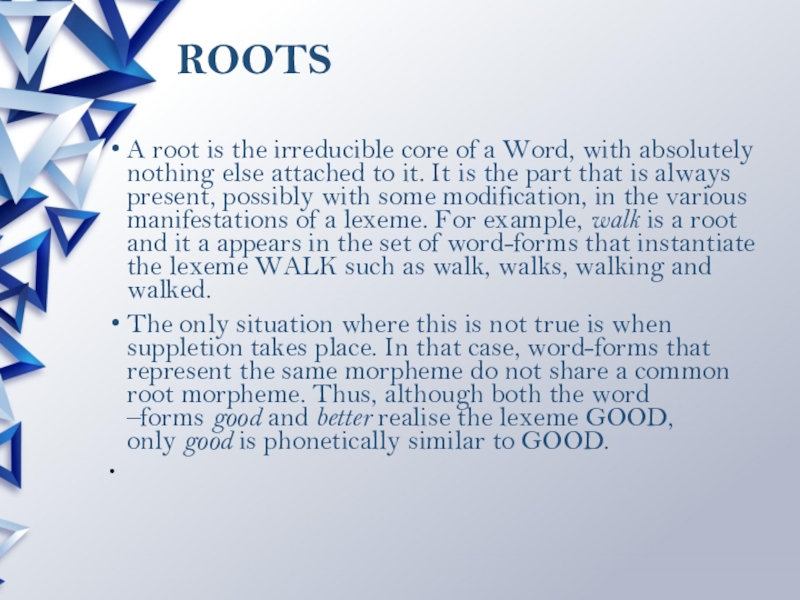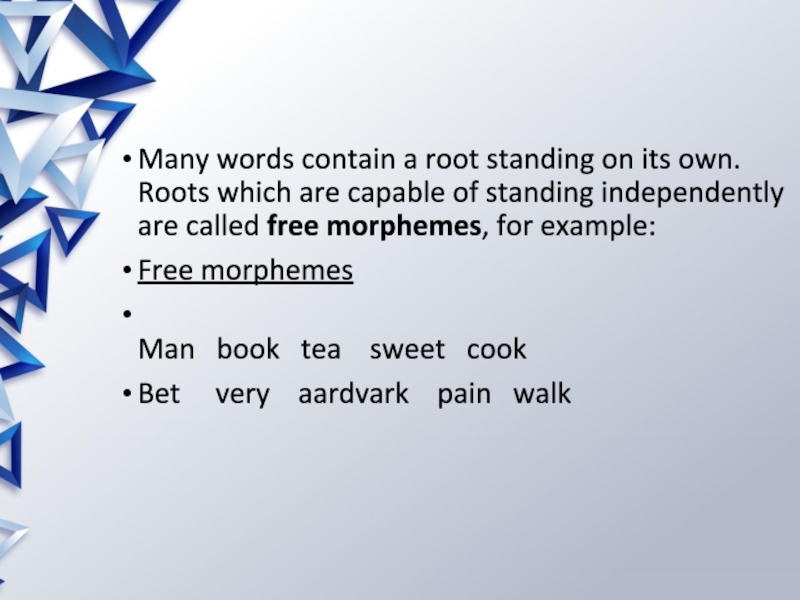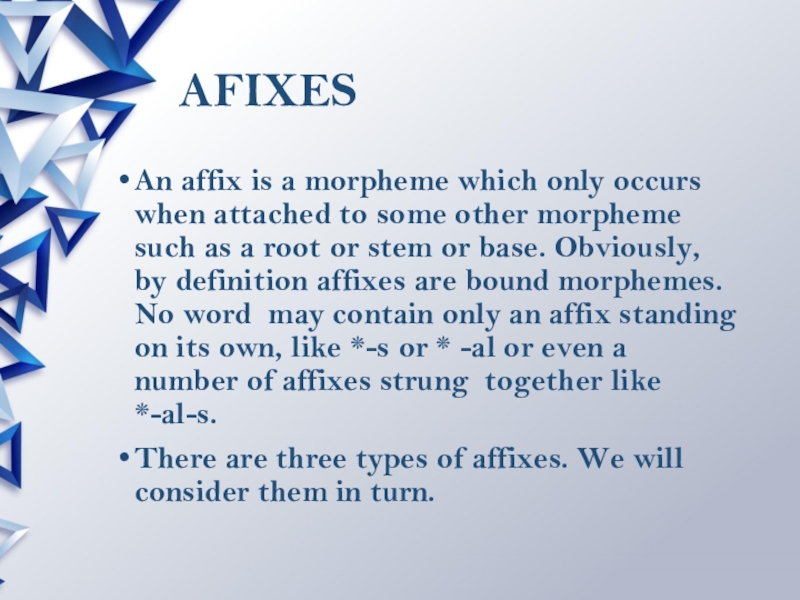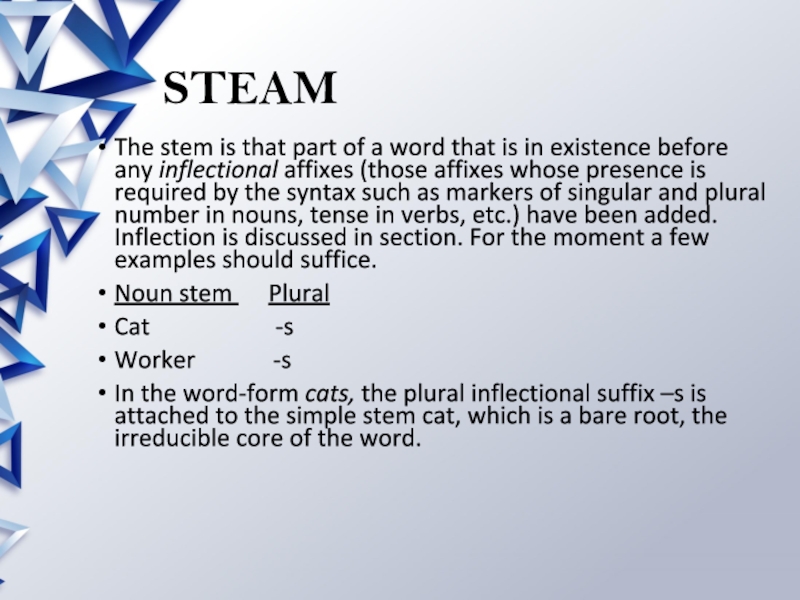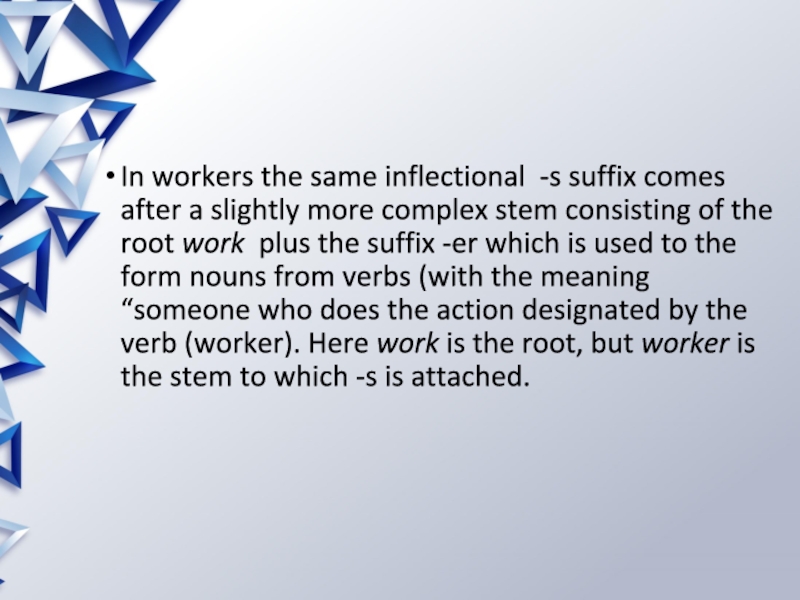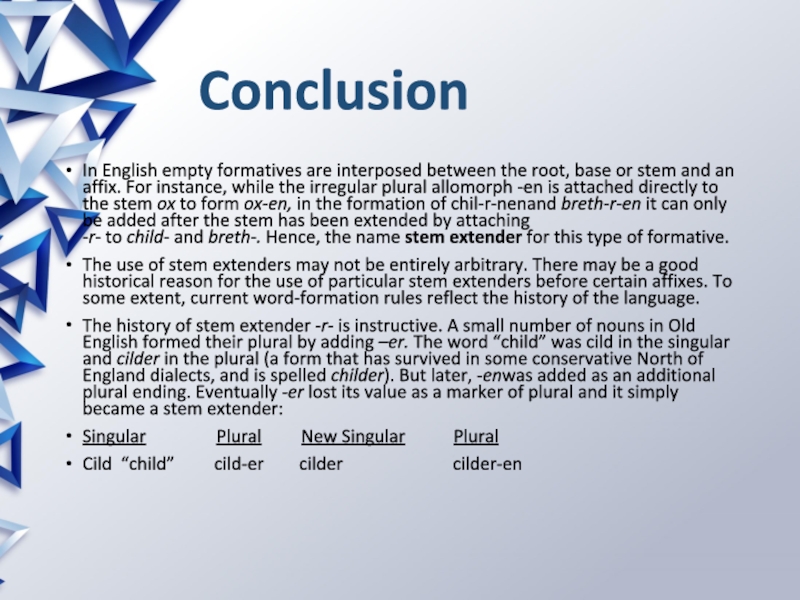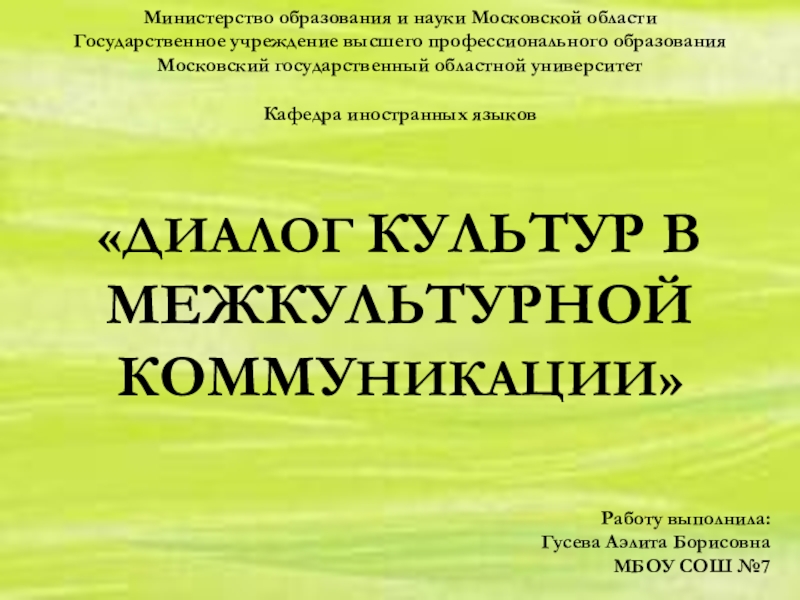Mirzakulova G
From 309 group
- Главная
- Разное
- Образование
- Спорт
- Естествознание
- Природоведение
- Религиоведение
- Французский язык
- Черчение
- Английский язык
- Астрономия
- Алгебра
- Биология
- География
- Геометрия
- Детские презентации
- Информатика
- История
- Литература
- Математика
- Музыка
- МХК
- Немецкий язык
- ОБЖ
- Обществознание
- Окружающий мир
- Педагогика
- Русский язык
- Технология
- Физика
- Философия
- Химия
- Шаблоны, фоны, картинки для презентаций
- Экология
- Экономика
Презентация, доклад по английскому языку Types of morphemes
Содержание
- 1. Презентация по английскому языку Types of morphemes
- 2. SLIDE TITLE
- 3. MorphemesThe basic unit of morphology is the
- 4. ROOTS A root is the irreducible core
- 5. Many words contain a root standing on
- 6. AFIXESAn affix
- 7. STEAMThe stem is
- 8. In workers the same inflectional -s suffix
- 9. BASES a base is any
- 10. ConclusionIn English
SLIDE TITLE
Слайд 3Morphemes
The basic unit of morphology is the morpheme.The basic unit of
morphology is the morpheme.A morpheme can be described as a set of equivalent morphs, ie. lA morpheme can be described as a set of equivalent morphs, ie. linguisticinguisticsigns that can not be dissected into smaller signs and can thussigns that can not be dissected into smaller signs and can thusbe glossedbe glossed'smallest meaningful units'.'smallest meaningful units'.In many cases, the set of morphs representing a morpheme has onlIn many cases, the set of morphs representing a morpheme has only oney oneelement. In other cases, depending on the respective environmentelement. In other cases, depending on the respective environmentof theof themorpheme, it may be represented by a number of different morphs,morpheme, it may be represented by a number of different morphs,ie.ie.its allomorphs.its allomorphs.Morphemes can be further subdivided into those that can appear oMorphemes can be further subdivided into those that can appear on theirn theirown (free morphemes) and those that can only appear in combinatiown (free morphemes) and those that can only appear in combinationonwith other morphemes (bound morphemes).with other morphemes (bound morphemes).On a 'functional' stratum, we can distinguish between grammaticaOn a 'functional' stratum, we can distinguish between grammaticallmorphemes (creating different wordmorphemes (creating different word--forms of the same lexeme) andforms of the same lexeme) andlexical morphemes (creating different lexemes)lexical morphemes (creating different lexemes)
Слайд 4ROOTS
A root is the irreducible core of a Word, with absolutely
nothing else attached to it. It is the part that is always present, possibly with some modification, in the various manifestations of a lexeme. For example, walk is a root and it a appears in the set of word-forms that instantiate the lexeme WALK such as walk, walks, walking and walked.
The only situation where this is not true is when suppletion takes place. In that case, word-forms that represent the same morpheme do not share a common root morpheme. Thus, although both the word –forms good and better realise the lexeme GOOD, only good is phonetically similar to GOOD.
The only situation where this is not true is when suppletion takes place. In that case, word-forms that represent the same morpheme do not share a common root morpheme. Thus, although both the word –forms good and better realise the lexeme GOOD, only good is phonetically similar to GOOD.
Слайд 5Many words contain a root standing on its own. Roots which
are capable of standing independently are called free morphemes, for example:
Free morphemes
Man book tea sweet cook
Bet very aardvark pain walk
Free morphemes
Man book tea sweet cook
Bet very aardvark pain walk
Слайд 6 AFIXES
An affix is a morpheme which
only occurs when attached to some other morpheme such as a root or stem or base. Obviously, by definition affixes are bound morphemes. No word may contain only an affix standing on its own, like *-s or * -al or even a number of affixes strung together like *-al-s.
There are three types of affixes. We will consider them in turn.
There are three types of affixes. We will consider them in turn.
Слайд 7 STEAM
The stem is that part of a
word that is in existence before any inflectional affixes (those affixes whose presence is required by the syntax such as markers of singular and plural number in nouns, tense in verbs, etc.) have been added. Inflection is discussed in section. For the moment a few examples should suffice.
Noun stem Plural
Cat -s
Worker -s
In the word-form cats, the plural inflectional suffix –s is attached to the simple stem cat, which is a bare root, the irreducible core of the word.
Noun stem Plural
Cat -s
Worker -s
In the word-form cats, the plural inflectional suffix –s is attached to the simple stem cat, which is a bare root, the irreducible core of the word.
Слайд 8In workers the same inflectional -s suffix comes after a slightly
more complex stem consisting of the root work plus the suffix -er which is used to the form nouns from verbs (with the meaning “someone who does the action designated by the verb (worker). Here work is the root, but worker is the stem to which -s is attached.
Слайд 9 BASES
a base is any unit whatsoever to which
affixes of any kind can be added. The affixes attached to a base may be inflectional affixes selected for syntactic reasons or derivational affixes which alter the meaning or grammatical category of the base. An unadorned root like boy can be a base since it can have attached to it inflectional affixes like -s to form the plural boys or derivational affixes like -ish to turn the noun boy into the adjective boyish. In other words, all roots are bases. Bases are called stems only in the context of inflectional morphology.
Слайд 10 Conclusion
In English empty formatives are interposed
between the root, base or stem and an affix. For instance, while the irregular plural allomorph -en is attached directly to the stem ox to form ox-en, in the formation of chil-r-nenand breth-r-en it can only be added after the stem has been extended by attaching -r- to child- and breth-. Hence, the name stem extender for this type of formative.
The use of stem extenders may not be entirely arbitrary. There may be a good historical reason for the use of particular stem extenders before certain affixes. To some extent, current word-formation rules reflect the history of the language.
The history of stem extender -r- is instructive. A small number of nouns in Old English formed their plural by adding –er. The word “child” was cild in the singular and cilder in the plural (a form that has survived in some conservative North of England dialects, and is spelled childer). But later, -enwas added as an additional plural ending. Eventually -er lost its value as a marker of plural and it simply became a stem extender:
Singular Plural New Singular Plural
Cild “child” cild-er cilder cilder-en
The use of stem extenders may not be entirely arbitrary. There may be a good historical reason for the use of particular stem extenders before certain affixes. To some extent, current word-formation rules reflect the history of the language.
The history of stem extender -r- is instructive. A small number of nouns in Old English formed their plural by adding –er. The word “child” was cild in the singular and cilder in the plural (a form that has survived in some conservative North of England dialects, and is spelled childer). But later, -enwas added as an additional plural ending. Eventually -er lost its value as a marker of plural and it simply became a stem extender:
Singular Plural New Singular Plural
Cild “child” cild-er cilder cilder-en
